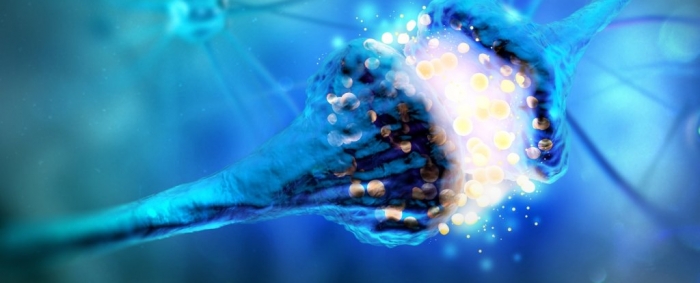Scientists suppressed synthesis of a protein called Staufen homolog 2 (Stau2) in rats and found the results stunted their ability to learn - rats with lower levels of the protein had significant memory impairment compared with rats carrying normal levels.
Whenever we learn something new, the structure of our brain subtly changes to store the new information in what's called 'synaptic plasticity'.
The long-term molecular alterations of this change are encoded in messenger RNA (mRNA) molecules, which then travel to the site and program the specific proteins that help with the new information.
In a study last year, neuroscientist Michael Kiebler from Ludwig-Maximilian University of Munich showed that Stau2 is the protein that helps direct mRNA toward the neuronal synapses - the point of communication between a neuron and another neuron or target cell.
But what role it played in the process of learning and memory formation was still poorly understood.
So Kiebler and his colleagues at Mannheim University in Germany and Seville University in Spain have now trained rats with a Stau2 deficiency - to observe, in action, the effect it would have on their ability to learn.
"This work has enabled us, for the first time, to link a specific molecular factor - the RNA-binding protein Stau2 - with synaptic plasticity and learning," Kiebler said.
"Furthermore, our approach promises to yield completely new insights into the molecular mechanisms that mediate learning."
The rats were given a variety of tasks, such as finding a hidden platform that would allow them to escape a water maze, and recognising an area of a maze they had previously visited, compared to an unfamiliar one.
Both the impaired group and control group performed equally well on a second run of the task with just one minute between learning the task and doing it again.
However, when this interval was increased to 30 minutes and then 6 hours, the Stau2-deficient rats showed a noticeable slowness compared to the control group, indicating an effect on spatial working memory.
"Overall, long-term memory continues to function, and the rats remain capable of learning how to find a food source, for instance," Kiebler said.
"But when the mutants are asked to recall what they have learned after longer periods of time, their performance is significantly worse than wild-type animals."
The researchers also measured the efficiency of the transmission of signals across synapses in the hippocampus, and found both long-term potentiation (LTP, a mechanism that strengthens synaptic efficiency) and long-term depression (LTD, which weakens synaptic transmission and breaks connections) were affected.
The rats with lower Stau2 levels had enhanced LTP and reduced LTD - indicating that the protein deficiency increases synaptic responsiveness.
"LTP is regarded as a model of learning at the cellular level. However, our results indicate that it is actually the balance of LTP to LTD that is important," Kiebler said.
The researchers noted that further investigation will be needed to determine the detailed role Stau2 plays in different phases of learning and memory, as well as the roles played by LTP and LTD, and their relationship to each other.
More about: #Brain
















































